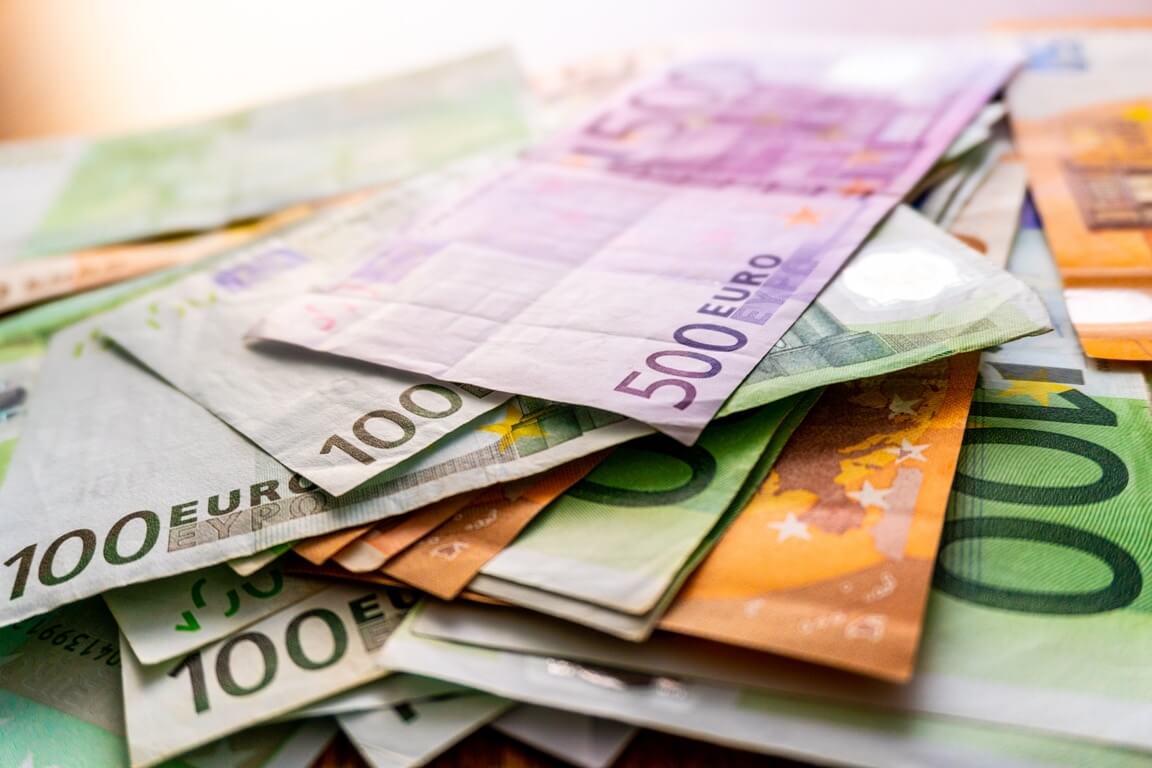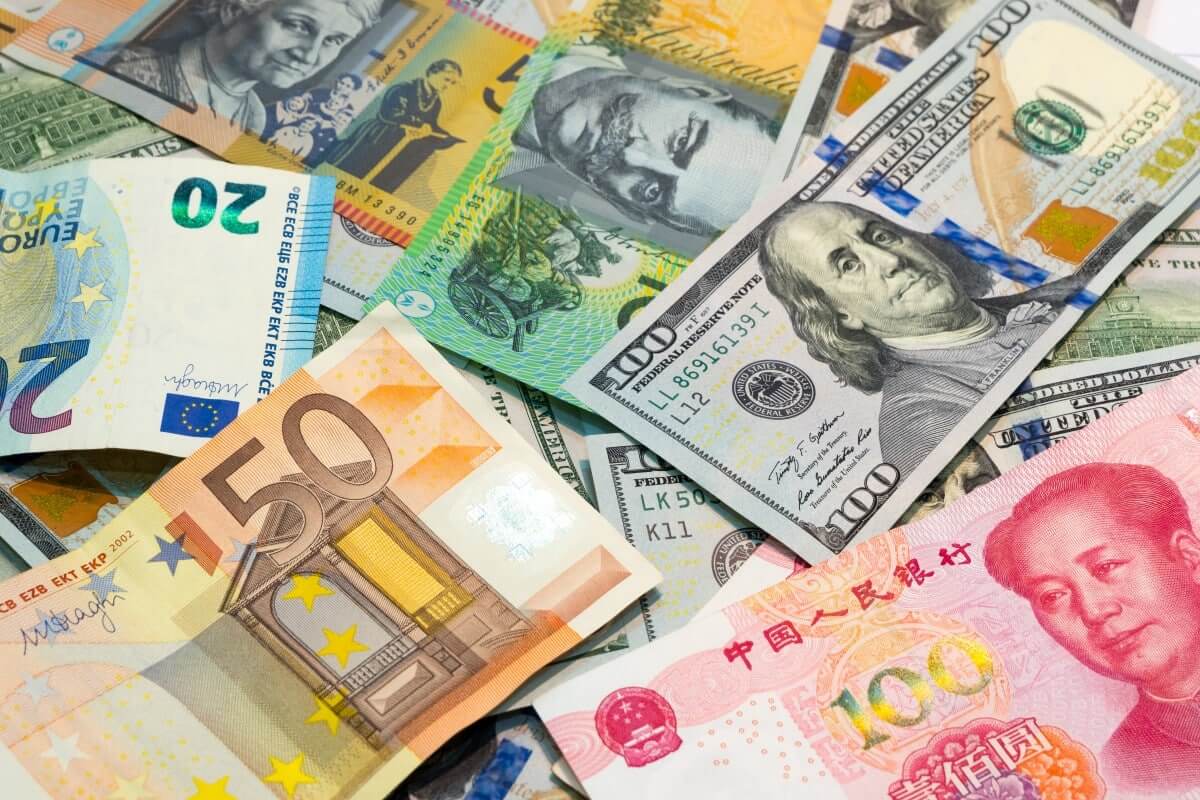
Euro Exchange Rate at Risk: The Path Towards Parity
The Euro exchange rate has been a topic of concern and intrigue lately, with the currency hovering near its lowest levels of the year, around $1.05. In the backdrop of resurgent oil prices, a weakening European economy, and renewed concerns about Italy’s fiscal situation, the Euro faces headwinds that may push it back towards the psychologically significant $1 marker. We delve into the factors affecting the Euro exchange rate and whether it might reach parity with the US Dollar once again.
Euro’s Recent Decline
The Euro has witnessed a 3% decline against the US Dollar in the third quarter, setting the stage for a third consecutive year of losses. While some of this can be attributed to the strength of the US Dollar due to the resilience of the American economy and increasing foreign investments as 10-year Treasury yields approach 5%, Euro-specific factors are increasingly coming into play. These include the Eurozone’s vulnerability to rising oil prices and its stagnating economy.
Impact of Rising Oil Prices
One of the primary factors pressuring the Euro exchange rate is the surge in oil prices. Net imports of oil products in the European Union account for over 90% of its consumption. As oil prices climb, they erode the Euro area’s terms of trade. If oil prices continue to rise, crossing the $100 per barrel threshold and heading towards $110 per barrel, it might become challenging for the Euro to avoid parity with the US Dollar, warns Nomura’s G10 FX strategist Jordan Rochester. Moreover, the Eurozone is more exposed to geopolitical risks compared to the United States, adding another layer of uncertainty.
A weaker Euro can have a dual impact. It enhances the competitiveness of Eurozone exporters, potentially boosting their performance. However, it also fuels price pressures through increased import costs, compounding the effects of higher oil prices. While the European Central Bank (ECB) may not be overly concerned about this at the moment, it might need to pay more attention if these pressures persist.

Euro’s Trade-Weighted Index and Outlook
Examining the Euro’s performance on the trade-weighted index, which the ECB closely monitors, reveals a decline of just 0.9% in the last quarter, and the Euro is roughly 2% stronger compared to its position at the end of 2022. The Euro’s recent parity with the US Dollar last year raised concerns, prompting the ECB to closely watch its impact on inflation. However, the central bank did not explicitly target a specific exchange rate.
While Euro weakness could be limited if the US economy experiences a slowdown along with inflation, potentially diminishing the appeal of a Dollar at 10-month highs against a basket of currencies, the Euro faces other challenges in the near term.
Investor Sentiment and ECB’s Tightening Cycle
Investors have maintained long positions on the Euro’s strength for a considerable period, with the latest data indicating a net long position amounting to $13 billion. Any unwinding of these positions could intensify the downward momentum for the Euro. Moreover, as the ECB indicates the end of its most robust tightening cycle in history, the impact of increased interest rates has diminished.
The Euro exchange rate is once again at the forefront of financial discussions as it flirts with the $1 mark. The interplay of resurgent oil prices, a weakening Eurozone economy, and geopolitical risks poses significant challenges. Whether the Euro will touch parity with the US Dollar again remains uncertain, but its near-term outlook suggests continued volatility and potential further declines.




